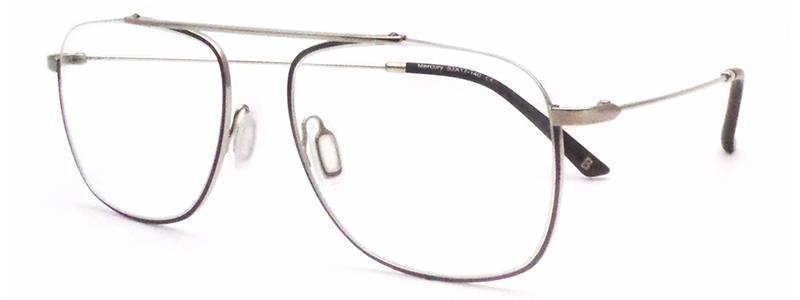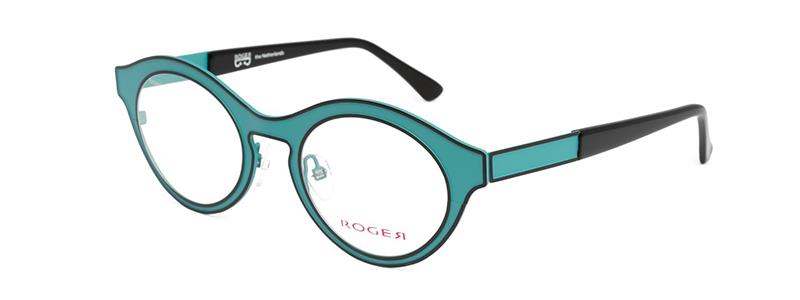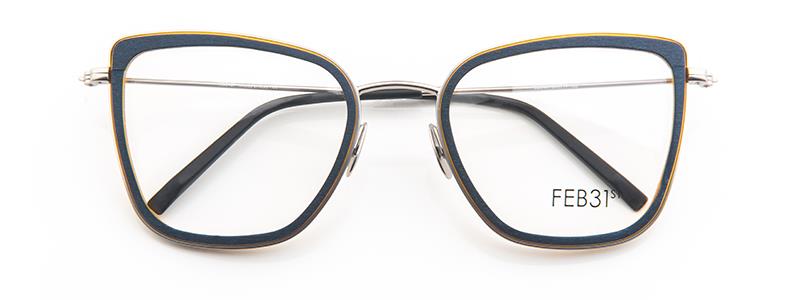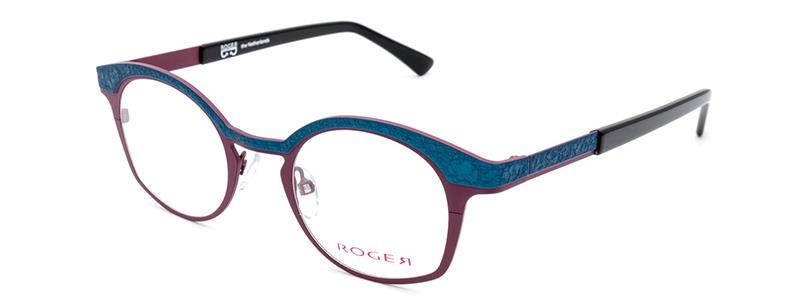Just as the Opti trade show season opener in Munich has evolved in recent years, so too have the eyewear brands and designers that reside within the six halls.
Regular reporting from trade shows around the world has somewhat desensitised this Optician reporter from the hyperbole around new launches and innovation. Instead, this regular watching brief over the eyewear industry has allowed Optician to analyse how brands evolve and develop their concepts. It is also easier to see the designers with staying power rather than flash in the pan ideas.
There have been many brands that have ridden the crest of the wooden eyewear wave over the past five or six years without due consideration for the optical appliance aspects of their product. Feb31st is a brand that was first in the pages of Optician in 2011 following the launch at Silmo in the same year. At the time, wooden eyewear was still something of a novelty, but the brand’s approach to fulfilling the needs of opticians was more evident than some of the others at the time – carefully sunken screws around the lugs to assist glazing, for example.
The company went on to win a Frame of the Year Optician Award in 2013 for its Apus ophthalmic style and has since been on a journey of continuous refinement. Customisation has driven how the company has approached expanding its product in recent years, says owner Stefano Sarti Cipriani. ‘We don’t follow the trends of the eyewear industry,’ he says. ‘Instead, we let our customers’ demand dictate the direction we take.’
This bespoke approach initially took the form of different layers of veneer within the frames, before growing into full colour choices and then materials. Feb31st has not only extended its collection of wood and titanium frames, but now added a fully titanium line. Nods to the company’s fondness for nature and expertise in wooden eyewear are evident in wooden temple embellishments and plastic end tips derived from fermented corn starch.
Brand 2.0
A change of ownership in 2014 altered the direction of British eyewear brand Booth & Bruce, that made its name in the 90s by producing fashionable, retro, statement frames, at an affordable price.

1 BB1903 Mercury
‘Since those initial collections, there have been many trends in the eyewear industry. Booth & Bruce has maintained its presence in the fashionable frame arena, by keeping up to date and some would argue ahead of these trends,’ says co-owner and designer Peter Sunderland.
Frames in the Here & Now collection show that this ethos of larger bold shapes has been continued but has evolved to incorporate modernism and minimalistic construction.
BB1903 has a classical oversized Both & Bruce silhouette, but as the design language has gradually changed to include single brow bars in lieu of a nose bridge and top mounted supra sections that open up the top of the frame’s eye wire. It is a frame that will appeal to a forward-thinking eyewear connoisseur that does not want to break the bank.
A common love of French Bulldogs brought Optician and Roger Dutch Eyewear together via social media while the show was taking place, so it seemed only right that the two parties caught up in person.

2 Roger Eye Design, Cartoon Isodoor C3-Edit
After sharing Frenchie stories, talk turned to how the brand was established. Founder Roger Hoppenbrouwers has been an optician for over 30 years and began his career in the mid-1980s, just as designer eyewear was beginning to become popular. ‘I saw a lot of eyewear designs that could be improved on significantly,’ he says.
Creativity and design have long been a passion of Hoppenbrouwers. It had been his intention to go to art school, but gravitated towards design and ended designing furniture before becoming an optician. ‘Designing glasses is the right balance of fashion, medical and technical elements,’ he says.
The evolution from optician to brand owner took place in 2007, with the creation of Roger Dutch. As well as being able to see the design areas the large eyewear brands were missing, Hoppenbrouwers says he saw opportunities in sizing: ‘I wanted to help patients who had to look to children’s eyewear to find the right size.’

3 feb31st evo lauren
The overall aesthetic of the brand’s designs is bright and colourful.
Only metal is used throughout the collection, partly because it’s what Hoppenbrouwers is most familiar with and partly down to a steep increase in acetate material costs when the company was in the R&D phase early on.

4 Roger Eye Design, Anna C2
Experimentation with colour and construction is evident throughout the collections. Frames styles such as Anna mix different textures using inlaid sections, while the Isodoor model from the Cartoon collection uses soft pastel hues with black piping to create a frame that looks like something used in Who Framed Roger Rabbit – no pun intended.
The optics of Opti
Event organisers GHM Opti said the new larger format, where the number of halls has increased from four to six has been welcomed by exhibitors and visitors.
Some 28,000 visitors viewed 631 stands showcasing products, innovations and opportunities. ‘The professional visitors quickly adjusted to the new hall structure with three entrances. They praised the clear hall profiles,’ said Dieter Dohr, CEO of GHM.
‘Opti earned top scores with nine out of 10 visitors and seven out of 10 exhibitors when surveyed by an independent opinion research institute,’ added Dohr. ‘After the trade show, we will comprehensively analyse this year’s edition to continuously improve Opti.’
